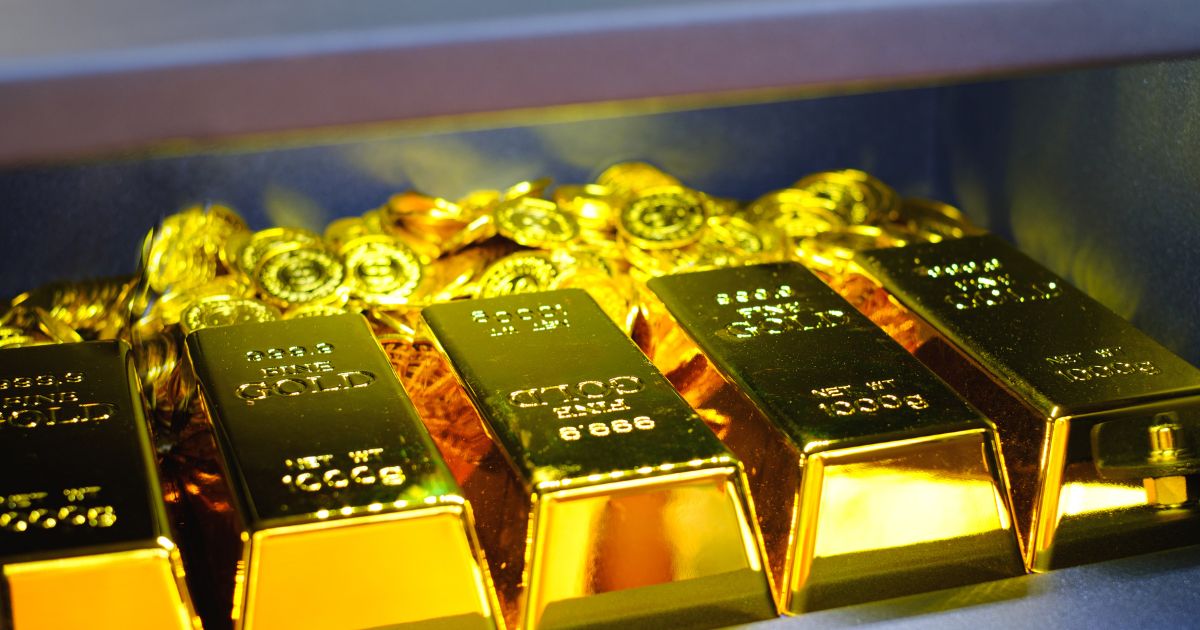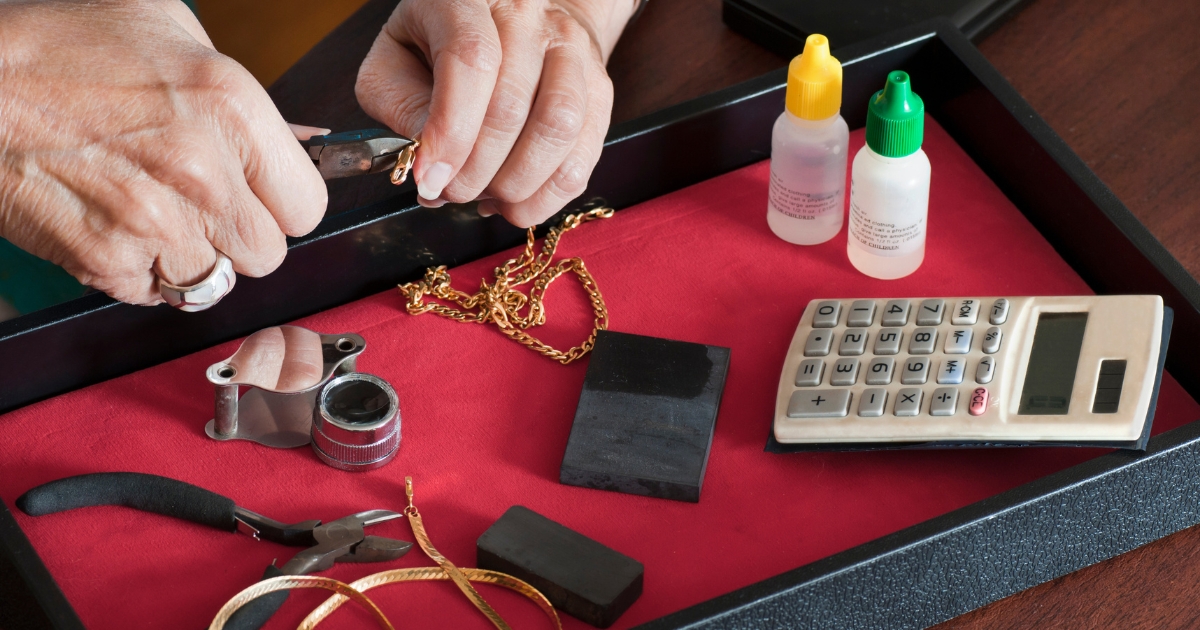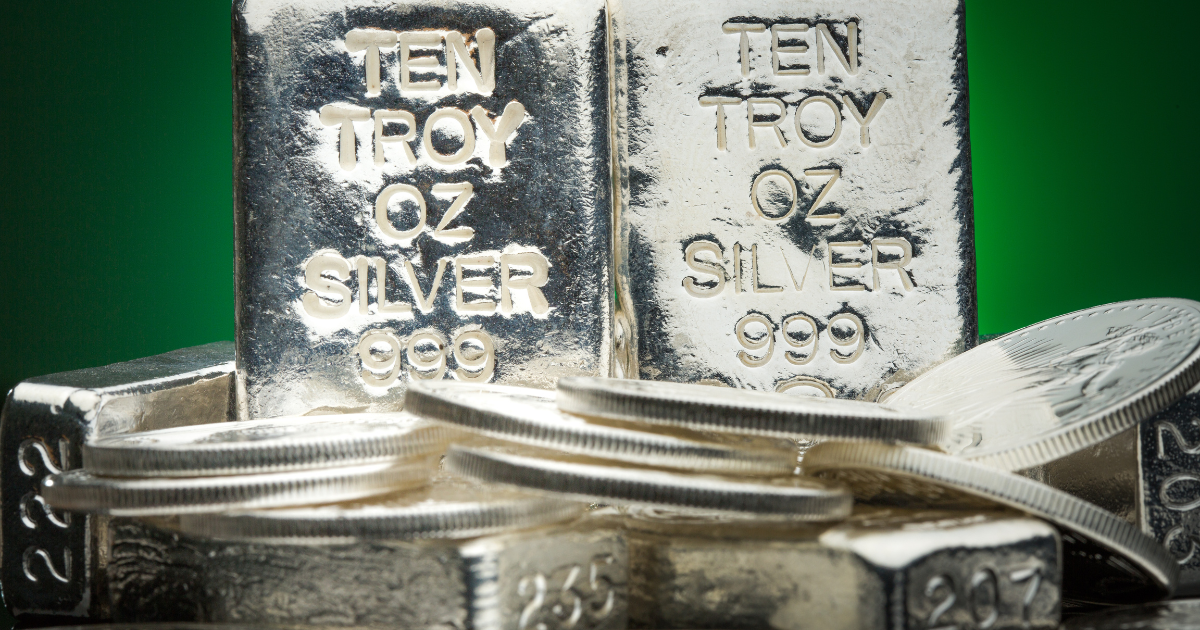Gold Bars vs Gold Coins: What Should You Buy?

Gold bullion has long been considered a stable investment and store of value. When deciding between gold bars or gold coins, investors may wonder: what is the difference between these bullion products? And should I buy gold coins or bars for my precious metals portfolio?
This article will explore the key distinctions between gold bars vs gold coins while outlining the pros and cons of each format. By understanding varying attributes like purity, denomination, storage and liquidity, readers can make an informed choice on whether bars or coins are the right gold investment vehicle for their needs.
What is The Difference Between Gold Bars and Bullion?
At their core, both bullion gold bars and bullion gold coins are physical forms of investment-grade gold. However, there are some key distinctions between the two products. Gold bars, also known as ingots, are rectangular or cube-shaped pieces of gold that are traded as bulk gold.
They are produced by mints and professional refineries in standardized weights ranging from 1g to approximately 400 troy ounces. Gold bars do not have any nominal face value, their value is solely based on the market rate for the value of the gold content. On the other hand, gold coins such as American Eagles or Canadian Maple Leafs are legal tender currencies that are printed and issued by national mints.
Gold Bars Pros
When considering gold bars as an investment, there are some notable advantages. Bars are the most affordable option per ounce of gold. Since they do not require the additional minting and production costs associated with minting coins, bars offer the closest gold spot price to nominal value. This lower premium makes bars a cost-effective way to gain core exposure to gold prices. Bars are also very portable and discreet due to their smaller size relative to coins.
An entire investment can be easily stored and transported in a small parcel. The bulk nature of bars facilitates investment in larger quantities of gold which may be preferable for some portfolio strategies. There is also complete flexibility to buy and sell fractional amounts of bars down to 1g gold bullion bar to match near-exact investment amounts.

Gold Bars Cons
While having many attractive qualities, gold bars are not without some potential disadvantages as well. Since bars do not have a legal currency face value, their resale value is solely dependent on fluctuating market spot prices and applicable premiums.
This can introduce volatility risks compared to official legal tender coins. There is also no guarantee of purity with gold bars like there is with major mint coins which are strictly regulated. Reputable refineries provide assay certificates, but comprehensive testing may still be required if reselling to purity and composition.
Lastly, smaller denomination gold bars pose a greater risk of loss or damage since their value is condensed into a compact size. Special precautions are needed for proper storage and transportation. Overall bars demand more vetting of counterparties and transactions compared to nationally guaranteed coins.
Gold Coins Pros
While usually more expensive per ounce than bars, gold bullion coins do offer some benefits that appeal to certain investors. Coins are legal tender currency that provides validation of value via official face amounts. This means coins are less volatile than bars and may preserve purchasing power more effectively during economic uncertainty.
Bullion coins also carry guaranteed weight and purity directly from mints like the Royal Canadian Mint, Perth Mint or United States Mint. This quality assurance eases verification and transactions. Denominations make coins more divisible for smaller portfolio allocations. Plus, coins provide novelty and collectability value above bullion rates for commemorative issues. Lastly, coins tend to be more widely recognized and more liquid than bars in secondary retail markets due to their long history and currency associations.

Gold Coins Cons
Despite their quality assurance, marketability and acceptance as legal tender, gold bullion coins are not without their own limitations when compared to bars. Higher product costs mean each coin contains fewer ounces of gold than bars at a given monetary level.
This amplifies per-ounce premiums, reducing the intrinsic gold exposure for a set investment budget. Storage and shipping also become more cumbersome and expensive with coins due to their larger sizes and lower value densities than bars.
Additionally, official currency status means coins are subjected to regulations that do not apply to private gold holdings. Capital gains tax is usually assessed on profits from coin resales depending on the jurisdiction.
Lastly, minting limits and special editions can degrade coin liquidity in secondary markets versus universally recognized gold holdings like bars. Overall, coins demand greater monetary commitment for gold access or have more regulatory variables than bars.
| Gold Type | Pros | Cons |
| Gold Bars | . Closest Gold Spot Price . Cost Effective . Don’t Require Additional Minting . Easily Stored and Transported . Flexibility to Buy and Sell | . Legal Tender Currency . Less Volatile . Guaranteed Weight and Purity . More Widely Recognized . Novelty and Collectability Value |
Gold Coins | . Dependent on Fluctuating Market . Volatility Risks . No Guarantee of Purity . More Vetting | . Higher Cost . More Expensive Storage Cost . More cumbersome Shipping Process . Possibility Degrade in Coin Liquidity |
Should I Buy Gold Coins or Bars For Investment?
With an understanding of the attributes of gold coins and bars, investors can now determine which may be the optimal vehicle based on individual objectives. Those seeking higher liquidity, price stability and official quality guarantees may prefer bullion coins for core gold holdings. However, the lower costs per ounce of bars make them ideal for larger investment amounts.
Portfolios with smaller budgets or lower risk tolerance may opt for bar fractions down to 1g units to access physical gold. More active traders can benefit from bars’ flexible weights tuned for tactical entry points. Meanwhile, coin collectors would enjoy denomination and limited mintage products.
Overall, coins and bars both have their merits. A diversified approach incorporating both based on risk profile and strategic needs could strike the best balance. At Gold Secure, clients are assisted in designing custom allocations for strong risk-adjusted returns.
Final Words
In summary, both gold coins and gold bars serve valuable roles within a precious metals investment strategy. While bars offer the lowest costs per ounce and the greatest flexibility, coins provide validation, guaranteed quality and increased marketability relative to their face value.
For core allocation needs, bullion coins are preferable for their liquid stable currency attributes. Yet bar fractions remain perfectly suited to gaining affordable broader market exposure. An integrated approach incorporating both based on risk tolerance and goals can balance purities and hedge vulnerabilities.
At the end of the day, physical gold in your hands remains the ultimate safeguard. By understanding the attributes of coins and bars, investors are empowered to choose formats wisely according to their priorities and maximize gold’s ability to uphold wealth against uncertainties.
Categories
Latest Posts
-

Digital Gold vs. Physical Gold: A Comprehensive Guide
March 1, 2024 -

How is Gold Mined in Australia: A Deep Dive into the Extraction Process
February 21, 2024 -

How To Get The Most Money For Your Gold Jewellery
February 15, 2024 -

Beginner’s Guide on How To Sell Silver in Australia
February 7, 2024 -

How To Invest in Silver in Australia For 2024?
January 31, 2024 -

How Gold is Tested? All You Need To Know
January 25, 2024 -

Gold Bullion and SMSF – All You Need To Know
January 19, 2024 -

Cast Bars vs Minted Bars – Clear Comparison
January 10, 2024 -

What is Platinum?
January 2, 2024 -

How To Invest in Gold ETF
December 21, 2023 -

The Largest Gold Nuggets Ever Found
December 18, 2023 -

What is Digital Gold and How Does it Work?
December 13, 2023 -

Best Ways To Invest in Gold in Australia
December 7, 2023 -

How Much Gold is There in the World?
November 29, 2023 -

Where and How To Store Gold and Silver?
November 23, 2023 -

The Relationship Between Gold and Inflation Over the Australian History
November 16, 2023 -

How Does Gold Refining Work?
November 9, 2023 -

Gold Bars vs Gold Coins: What Should You Buy?
November 1, 2023 -

Know The Cheapest Way To Buy Gold
October 25, 2023 -

Why Invest in Gold? Top Reasons to Consider
October 18, 2023 -

How Much Gold Can You Buy Without Reporting in Australia?
October 15, 2023 -

The Best ASX Gold Stocks in Australia For 2023
October 9, 2023 -

Top 10 Australian Gold Mining Companies in 2023
October 5, 2023 -

How to Sell Jewellery in Australia?
October 4, 2023
 07 4939 0239
07 4939 0239